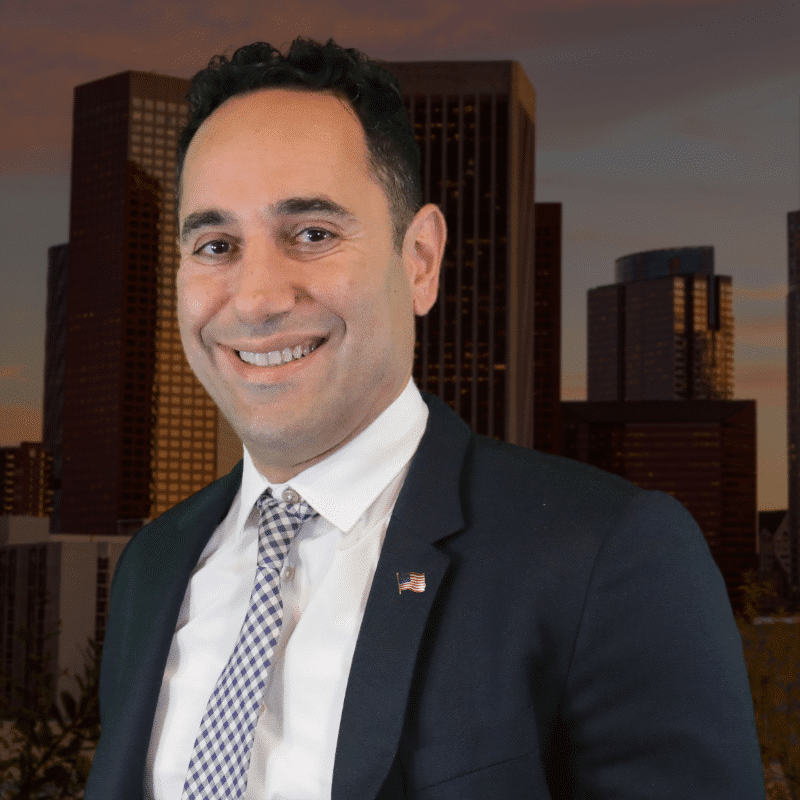Maison Law represents California victims involved in class action lawsuits.
Our skilled class action lawsuit lawyers make sure cases are backed with strong evidence. We practice aggressive litigation in the pursuit of claims so that victims take home the most in compensation possible.
Please contact us for a free case consultation. It’s critical to find out what your class action case may be worth, so you don’t accept less than what’s fair.

Current class actions:
How Can a California Class Action Lawsuit Lawyer Help My Case?
A class action lawsuit often combines the cases of hundreds or thousands of victims. Their interests are merged into one lawsuit against a common defendant (the alleged guilty party). This can lead to a massive payout, but not every victim gets the same share out of a settlement or judgment.
Your own skilled class action attorney can examine a settlement offer and evaluate your potential share. If that share isn’t enough to cover your physical, emotional, and economic hardships, your lawyer would take action and demand that you and your family need a bigger share.
You may also be a lead plaintiff and require a class action lawyer to expertly present a case for all plaintiffs involved. The skilled lawyers at Maison Law can help you get started down the road to earning justice.
The large companies that usually end up as defendants in class action lawsuits will have corporate lawyers on the payroll. You shouldn’t face off against legal teams without a skilled California class action lawyer on your side.

You may also discover early on that a class action lawsuit won’t provide you with a fair share of compensation for what you’ve been through.
You have the legal right to opt out of a class action lawsuit and file your own lawsuit.
If this were the best option for you and your family, your lawyer would be ready to litigate your case on your behalf, separate from the class action litigation.
What Is a Class Action Lawsuit?
A class action lawsuit is a lawsuit filed by a “class” of plaintiffs (victims) who have all suffered harm due to the same act of negligence or unlawful action. That harm may be physical in nature or financial. The victims form a group and sue the negligent individual, corporation, or government department as one unified body.
A class action helps streamline a case that affects many people so that hundreds of individual lawsuits don’t have to be decided in court. They can be filed in a California court or a Federal court depending on the target of the lawsuit.
A lead plaintiff or lead plaintiffs are in charge of hiring a class action lawyer and considering settlement offers to decide if the offers are sufficient for the group.
If the defendant and the plaintiffs don’t reach a settlement, a judge decides the case and may award a judgment to those participating in the class action. It may be up to your California Class Action Lawyer to ensure that you receive your fair share of that award.
Examples of Class Action Lawsuits
Class action lawsuits often arise over product defects that cause harm, such as issues with automotive parts that result in crashes and injuries. They can also arise over consumer fraud or securities fraud. Employees may join forces and bring a class lawsuit against employers if discrimination is alleged, or labor law has been violated.
Some of the largest class action lawsuits in recent times include:
Ford Automotive’s payout of over one billion dollars for rollover dangers in Ford Explorer model years 1991 through 2001.
In 1998, Four tobacco companies paid out $206 Billion to the victims of smoking-related illnesses.
Equifax agreed to pay victims of a 2017 data breach over $575 million.
How Is Compensation Divided in a Class Action Lawsuit?
Once a settlement has been agreed upon, the money the defendant pays out is divided among the class action participants. But not everyone will be getting the same amount.
When a class action lawsuit is organized, lead plaintiffs are identified. These are victims who have suffered the most severe damages and/or financial losses. They usually receive the biggest percentage of the award. Lead plaintiffs also do the most work of all the plaintiffs to make sure the case is successful. Others are awarded a smaller amount according to the level of hardships the mistake of an individual or company caused.
Ideally, a settlement or award ordered by a judge should cover everything that every plaintiff has been put through. The support awarded to any one plaintiff should cover the victim’s every damage, such as these factors:
- Past, current, and future medical bills.
- Support for the pain victims endure due to an injury.
- Support for the emotional trauma patients and their families endure.
- Support for a loss of enjoyment of life due to an injury.
- Support for a loss of quality of life.
- Loss of earnings while a patient is unable to work after suffering an injury. Lifetime support when patients are forced to give up their careers due to a long-term injury.
- Loss of assets due to financial fraud or a company’s financial error.

We make sure our clients and their family members get their fair share of a settlement or judgment, no matter how many litigants are involved.
Can My Family Receive Benefits if a Loved One Passed Away Before a Class Action Begins?
Yes. Close family members may take part in a class action lawsuit on behalf of a lost loved one who was affected by the negligence of the defendant.
Sadly, the victims of a personal injury can pass away before they receive justice through a class action lawsuit. They may have died due to the harm caused by the defendant or for an unrelated reason.
Whatever the reason, if your family member endured harm caused by the focus of a class action lawsuit, you can file on behalf of the victim. Usually, it would be a spouse or child of the victim who would file a claim on behalf of the entire family.
What Types of Documents Will I Need to Join a Class Action Lawsuit?
The harm caused by the defendants in large class action lawsuits often goes decades back. Finding medical documents that go back many years can be difficult. Locating documentation for family members who are no longer with us will be equally challenging.
But don’t worry. Your lawyer will be an expert researcher and will be experienced at tracking down evidence. Maison Law handles this difficult task for you and secures all evidence no matter how far back it goes. This ensures your case is strong and will receive attention, even with thousands of plaintiffs involved in your suit.
Your attorney documents illnesses and financial losses to build a strong case for you.
These documents and others will all help with your claim:
Medical Documentation
If you were injured or suffered an illness, you’ll want medical charts showing a diagnosis and progression of your health issue. You’ll want receipts for every doctor’s bill and physical therapy session.
Estimates on Future Care
Victims can suffer permanent physical disabilities and never be able to return to a normal life. Documents showing expert estimates on a lifetime of home care, medical equipment, and doctor care will need to be presented.
Work Records
Your paystubs will show any time you lost at work and the exact amount of income you had to forfeit. Other work documents can show any benefits or promotions you lost while out of work due to injury. Any banking records will show a loss of assets while dealing with a financial or health problem. The compensation needed over the long term if an accident left you unable to support your family.
With this powerful evidence and through the use of expert witnesses, Maison Law makes sure our families get their fair share of a settlement or judgment, no matter how many litigants are involved, so they can rebuild their lives.
The successful litigation of a company or corporation will start with our intensive investigation into the defendant, their business practices, and their lack of care shown to plaintiffs.
Frequently Asked Questions
You won’t need any upfront money to hire a skilled class action lawsuit lawyer with Maison Law. Generally, class action lawyers are paid only if the case is won. Then the fee comes out of the settlement money you are awarded. In some cases, the defendant ends up having to pay the victim’s lawyer fees.
Class action lawsuits may take months to get resolved in a settlement, but more often they can go on for one or more years. If a defendant refuses to offer a fair settlement to victims and a trial is necessary, the wait for justice may take much longer. The length of a class action process might also be prolonged if the defendant appeals a court’s decision.
There’s no set rule about how many people are needed to file a class action lawsuit. A judge will ultimately decide if plaintiffs can file a class action suit. Cases involving 40 people or more often get approved. Cases involving only a couple dozen people may or may not get “certified” by the judge to move forward as a class action.
Contact a California Class Action Lawyer
Maison Law is dedicated to protecting personal injury victims and defending their rights. This becomes even more important when victims must become part of a class action lawsuit to earn justice. A victim’s story and difficult experiences can get lost in such a big case. Corporate lawyers may also work to make victims feel alone and helpless. That’s when Maison Law fights even harder to hold at-fault parties fully responsible for their actions.
Contact us to schedule a free consultation about your case and talk to a real lawyer about what your losses and injuries should be worth. Your consultation is completely confidential and no one will know about your intentions until you are ready. We want to make sure you know about every benefit available to you and your family if you’ve been victimized by the negligence of a large company or corporation.

Additional Resources:

